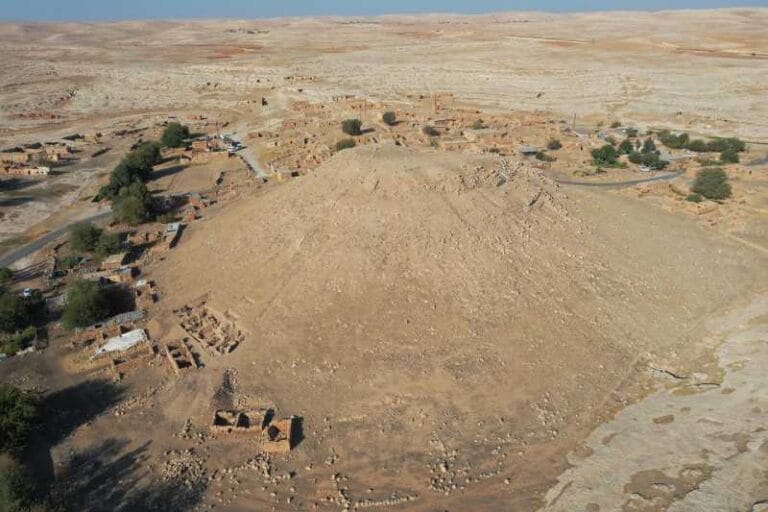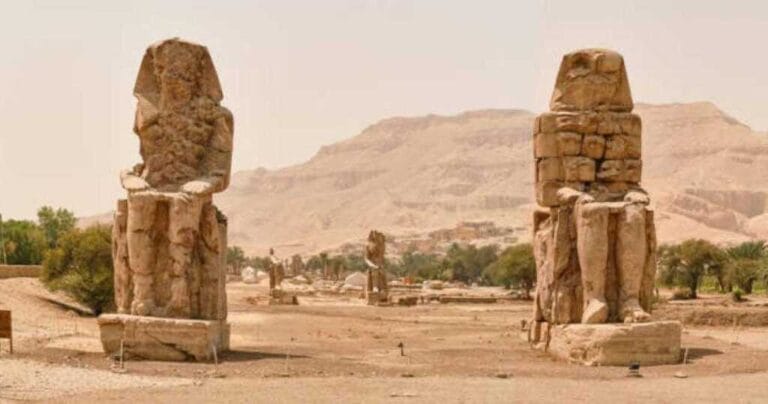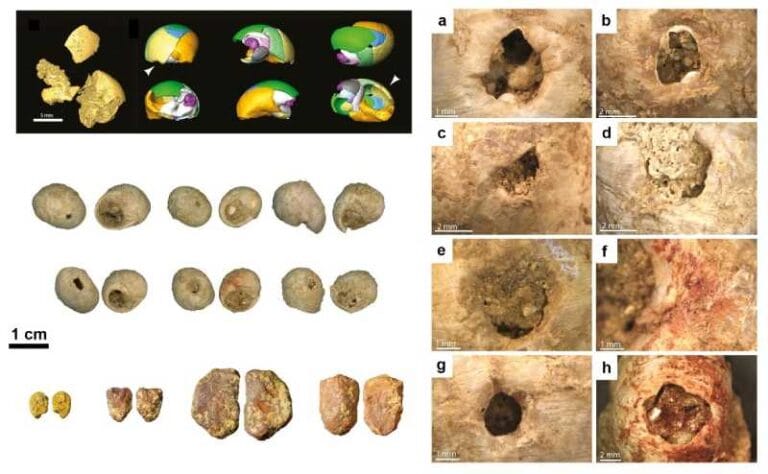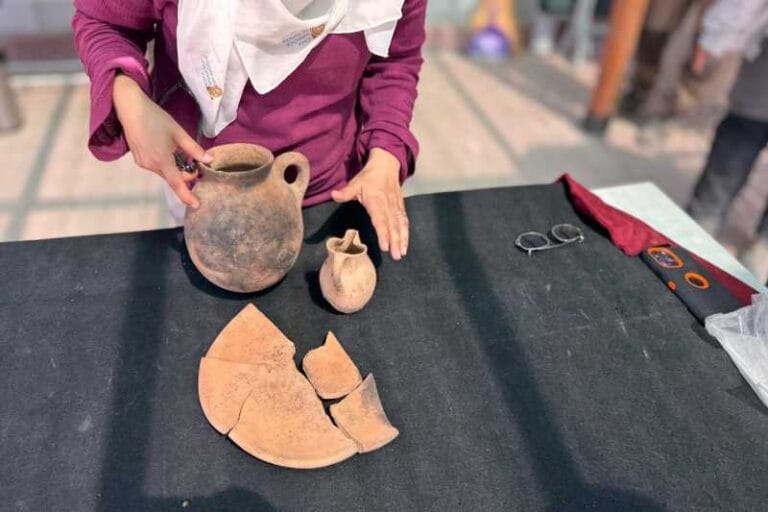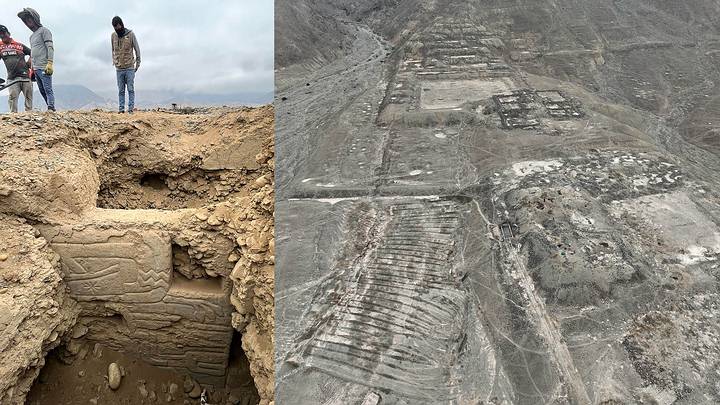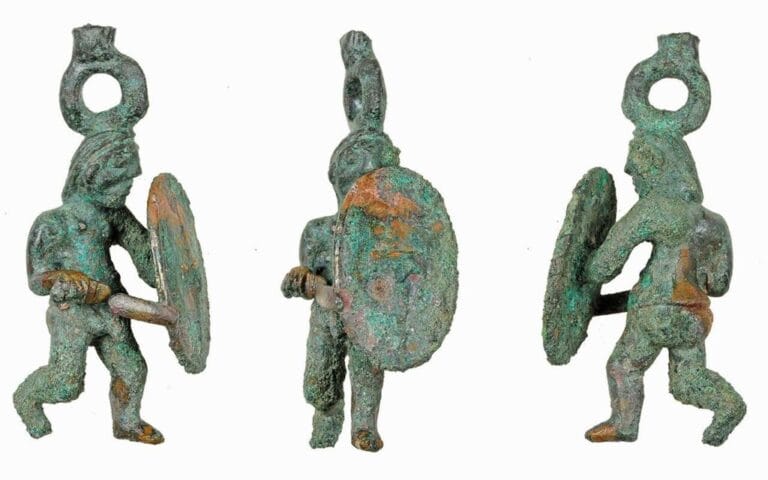Mayan underground structure discovered in Mexico
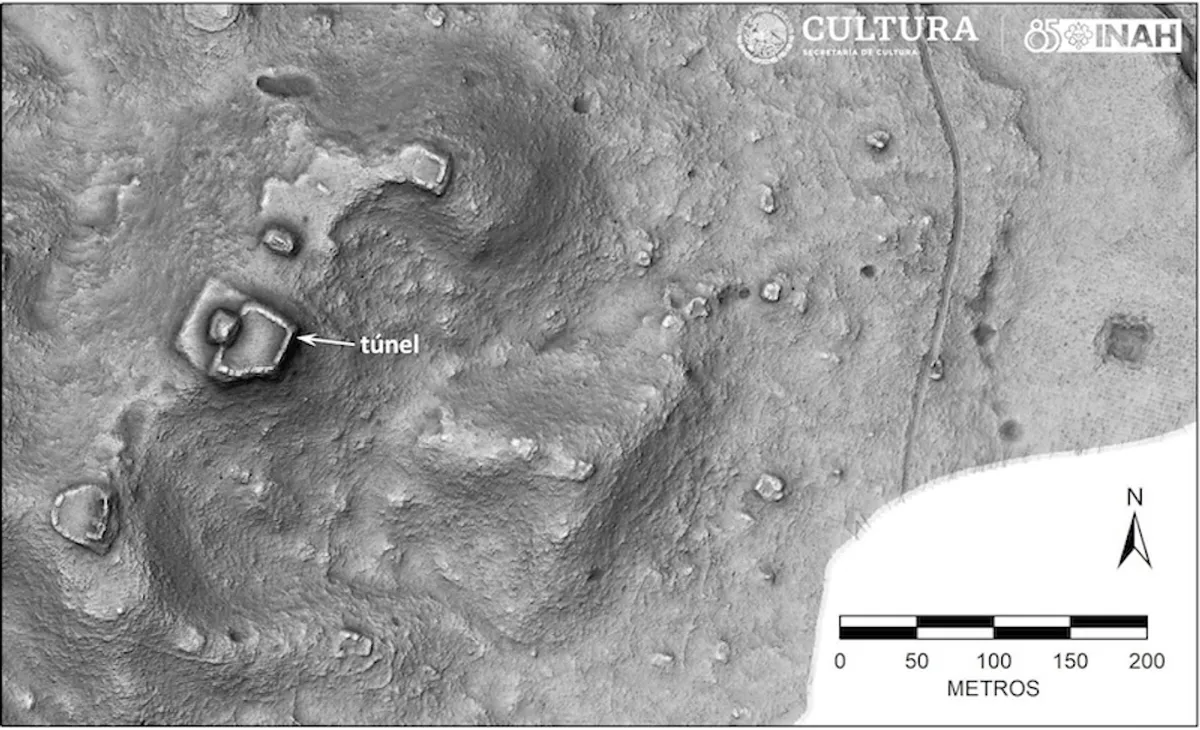
In Mexico, archaeologists have used LiDAR technology to discover ancient structures from the Mayan civilization. Among the finds are large pyramids, a civic-ceremonial center and an underground structure found under a Mayan playing field.
The research was led by Mexico’s National Institute of Anthropology and History (INAH) in the central region of Campeche, known for its Mayan ruins. The focus of the project was the Balam Kú Biosphere Reserve, a little-explored forest area of around 140 square kilometers.
Due to the difficult terrain, the area has fewer settlements and old buildings compared to neighboring regions. The buildings are simpler and have little architectural decoration.
“The impression is that the Mayan culture in this region was less elaborate than in Petén to the south and the Chenes and Chactún regions to the north and east,” said Ivan Šprajc, an archaeologist at the Research Center of the Slovenian Academy of Sciences and Arts.
Despite this, the use of LiDAR enabled several important discoveries, revealing structures hidden under dense vegetation and providing accurate topographical data.
One significant find was a cluster of structures near Nadzcaan, discovered in the 1990s, including a main square with a pyramidal construction and a drainage channel.
Another notable site has a large 13-meter-high building, probably a civic-ceremonial center, indicating “socio-political importance” given its stature. In the eastern part of this site, a ball court was found on top of a structure from the Early Classical period (200-600 AD).

Image credit: INAH
A third site consisted of several buildings concentrated on a natural hill. Next to the main square, there was a 16-meter-high pyramid surrounded by various “offerings”, including a flint point, pottery remains and a fragment of an animal leg, possibly from an armadillo or large rodent.
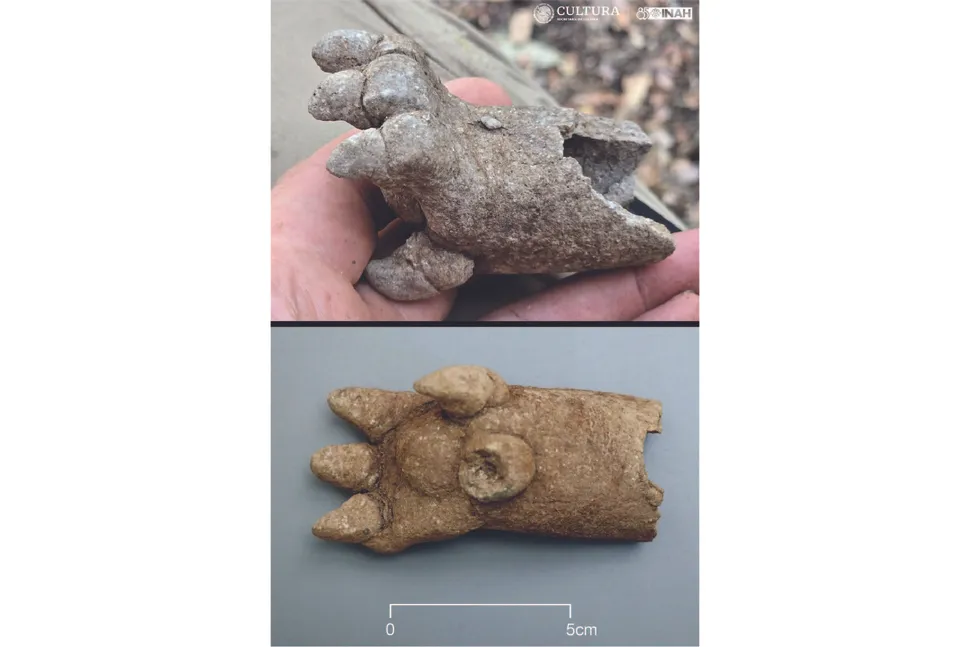
This settlement dates from the Late Postclassic period (1250-1524 AD), in the last centuries before the arrival of the Spanish. It shows how human cultures continued after the collapse of complex political entities in the central lowlands at the end of the classical period.
Recently, LiDAR technology has revolutionized archaeology, especially in the rainforests of the Americas, where dense forests conceal ruins of pre-Columbian civilizations. Studies suggest that there may be as many as 10,000 hidden archaeological sites in the Amazon basin, challenging the idea that the region was sparsely populated before European colonization.
Archaeologists in Mexico have discovered a mysterious underground structure with painted walls under a Mayan ball court. “We have located parts of an earlier building with painted walls, but only future excavations will reveal its form and function,” said Ivan Šprajc.
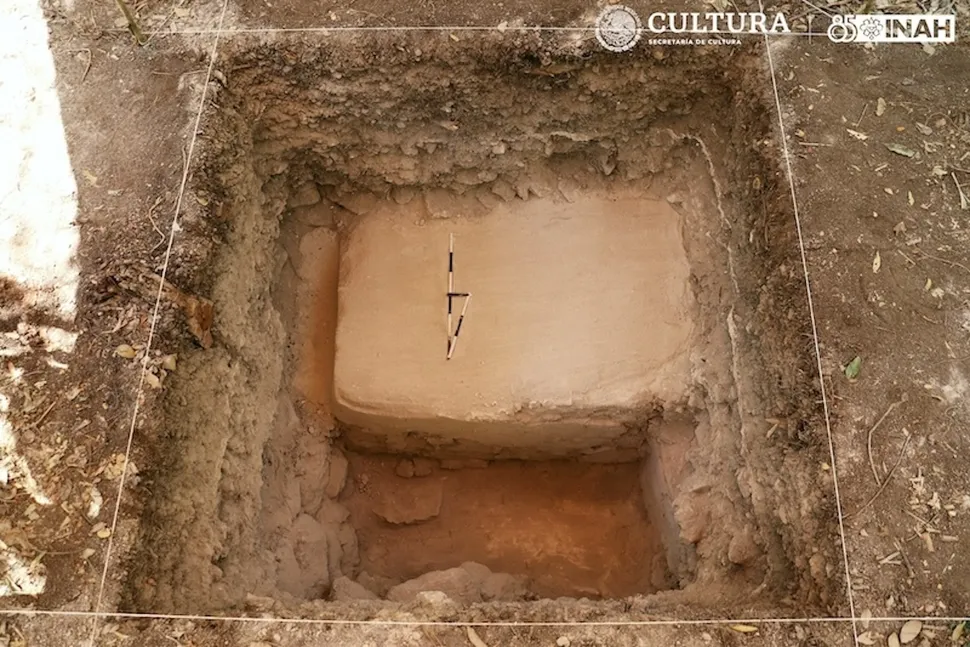
Šprajc and his team mapped a large area of the Mayan lowlands in the state of Campeche with LiDAR. “We found several ancient Mayan settlements, with the remains of residential buildings and temple pyramids,” said Šprajc. In 2023, they discovered Ocomtún, a lost Mayan city with several large pyramids from the Classic Mayan period (200-900 AD). The new site is to the south of Ocomtún, in a previously unexplored area.
In addition, the team discovered another site with a plaza, a 16-meter-high pyramid and a rectangular water reservoir. At the top of the pyramid, they found offerings such as ceramic vases, a ceramic animal leg and a chert spearhead. These offerings “were deposited on top of the temple in the Late Postclassic period (1250-1524),” said Šprajc.
By the end of the Postclassic period, the central Maya lowlands were in political disarray. But people “remained in the area after the crisis that led to drastic demographic reduction in the 9th and 10th centuries, caused by overpopulation, soil exhaustion, climate change and destructive wars,” Šprajc explained.
“The offering indicates that even after the Classic Maya settlements were abandoned, small human groups still wandered around, placing offerings on or near the buildings of their ancestors,” Šprajc concluded.
The structure is “clearly very important, as ball courts are found only at major Maya sites, centers of regional political organization,” said Šprajc. The structure may date from the Early Classic period (200-600 AD) and is covered in a layer of painted stucco, according to INAH.

